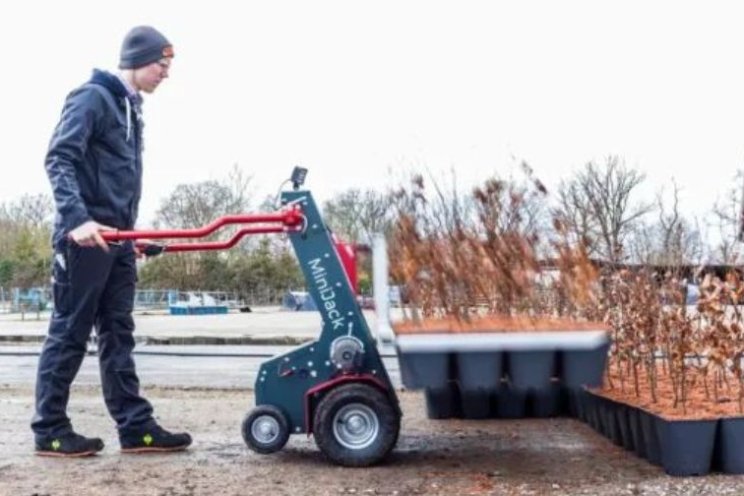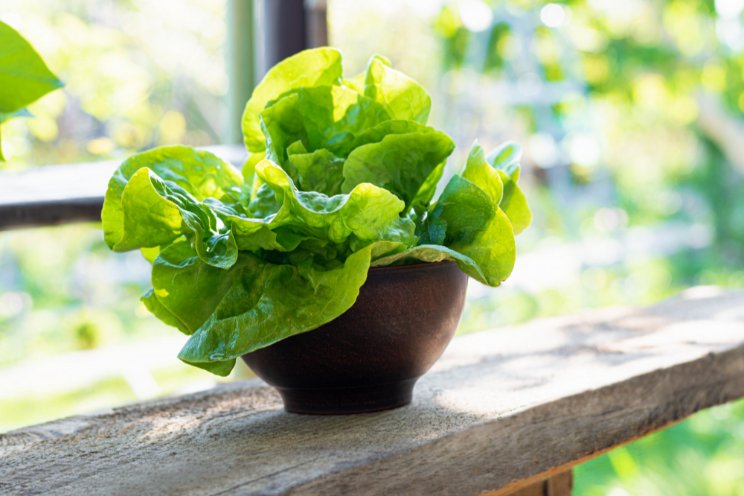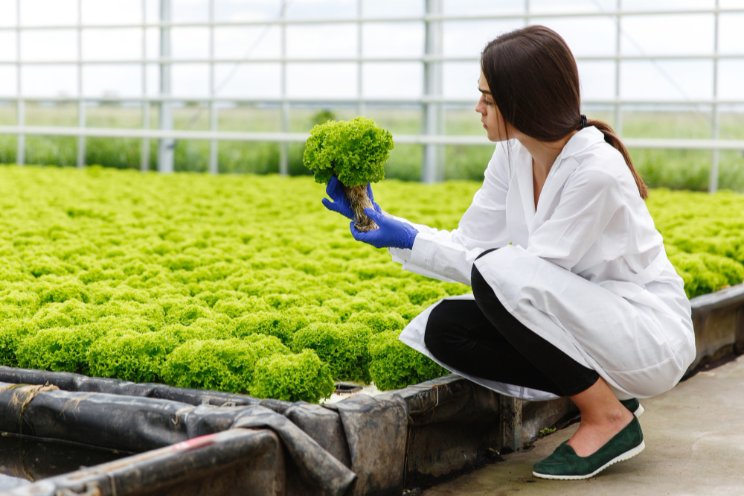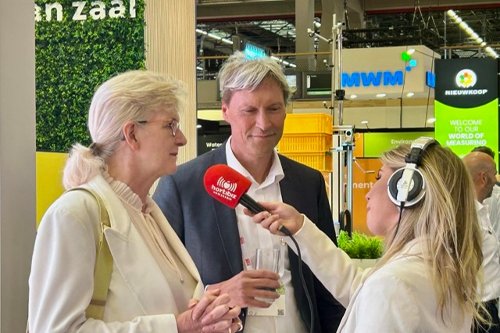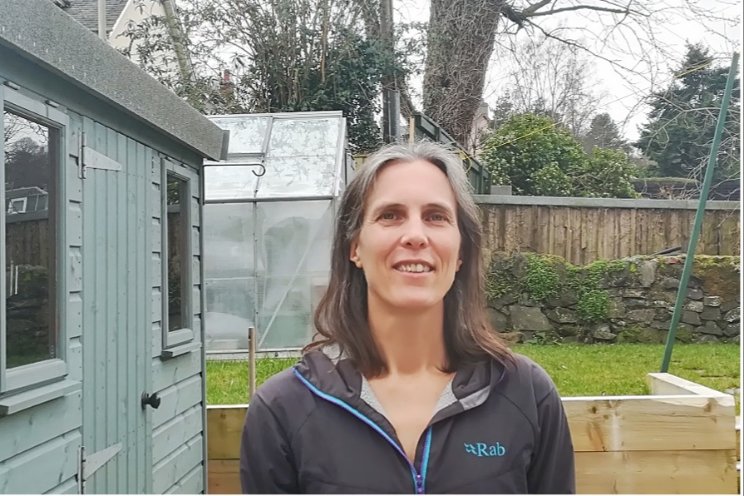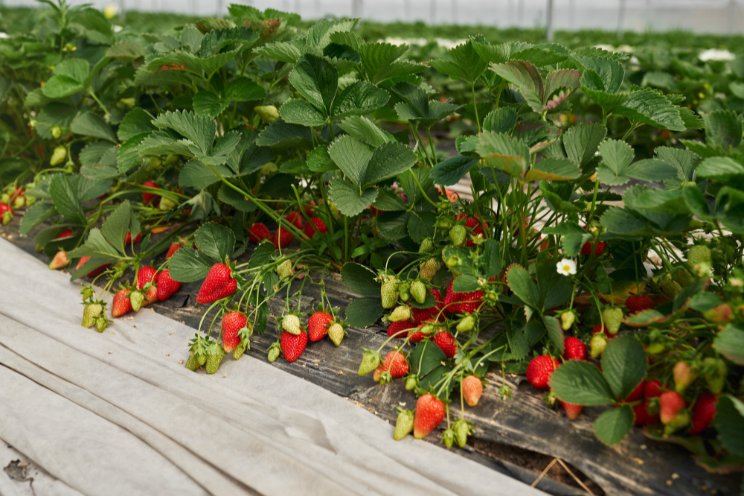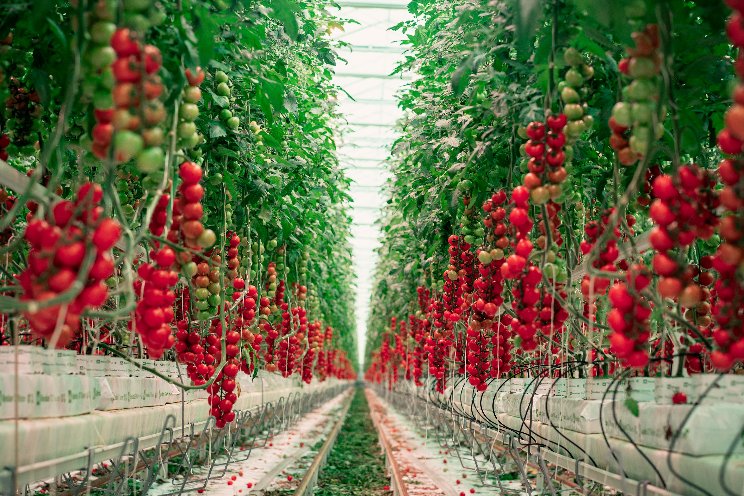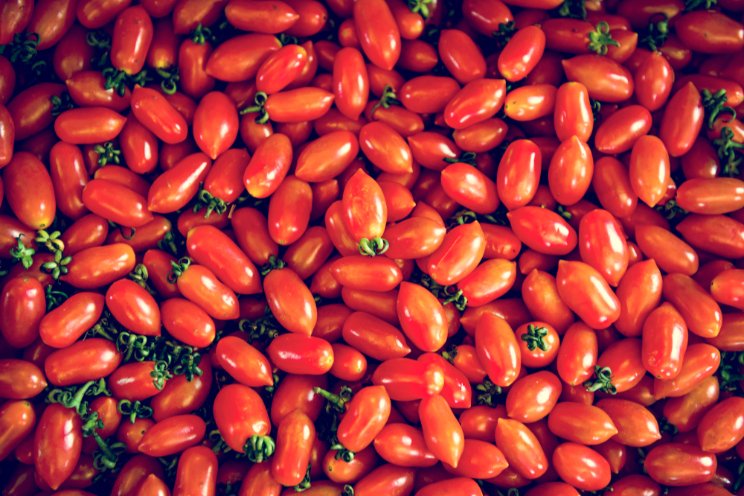Greenhouse study confirms flood-tolerant varieties of soy
Added on 04 April 2022

Flooding is a major cause of crop loss worldwide. As weather patterns change, experts expect severe weather events like flooding to occur more often. Luckily, the growers aren't alone in facing this challenge. A study published in Crop Science found some answers that may be helpful to soy growers on land that is flood-prone.
Derrick Harrison and a team at University of Arkansas worked on the project. They conducted studies in greenhouses, which previous studies have shown to be reliable in breeding studies. This team was testing the reliability and consistency of screening germplasm in hydroponic systems in the greenhouse. The end goal was to determine how different varieties of soy react to flood conditions.
Greenhouse studies can control more variables than field studies, which are subjected to variable conditions. Uncontrollable conditions in the field, such as fungus or insects, produce symptoms in soy similar to flood stress. This can make the results of field trials less reliable than greenhouse studies. Greenhouse studies can be performed year-round, and yield results as quickly as five weeks, versus the typical 90-day cycle time for field system flood screening of soy in the Midsouth.
"When compared to similar field trials, the greenhouse hydroponic system outperformed field trials. The new method allows for better viewing of results in a controlled setting." — Derrick Harrison
With these benefits in mind, the research team for this study designed several experiments. All experiments relied on hydroponic systems and were self-contained, offering more control. What first seemed like a tangle of tubing, air tanks, and potted plants, was organized and maintained by the team.
"In flooded conditions, plants are deprived of oxygen," says Harrison. "Our system pumped carbon dioxide into the water under controlled conditions. Carbon dioxide can displace oxygen in the solution that would otherwise be available for plant uptake. Ambient air was pumped into the solution for the control group."
The team tested four scenarios. The first test examined soilless mediums for starting soy from seed. The second test assessed the system's reliability with a variety of soy known to be sensitive to flooding. The third test compared multiple varieties of soy for flood tolerance. Finally, the fourth test compared greenhouse trials with field trials.
Photo created by freepic.diller - www.freepik.com
Source: Ag Daily
More news



